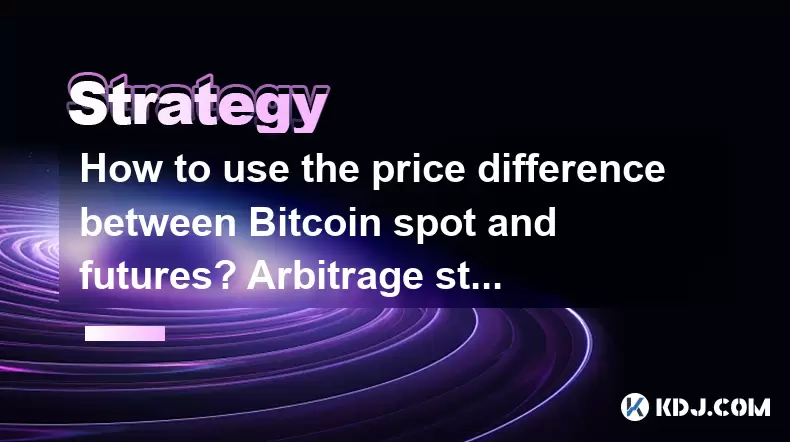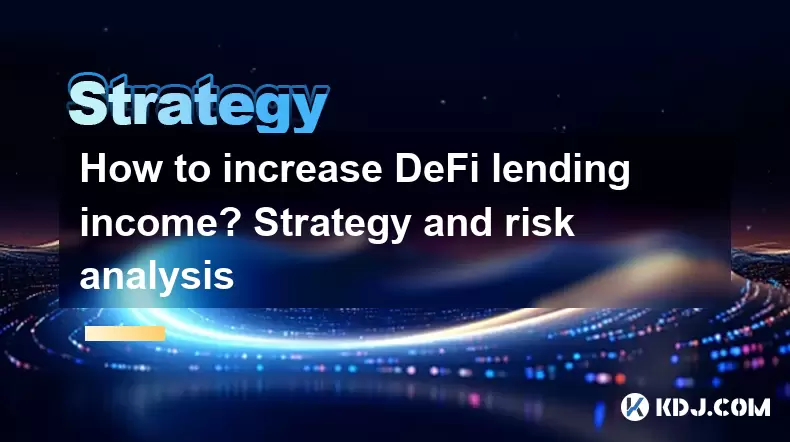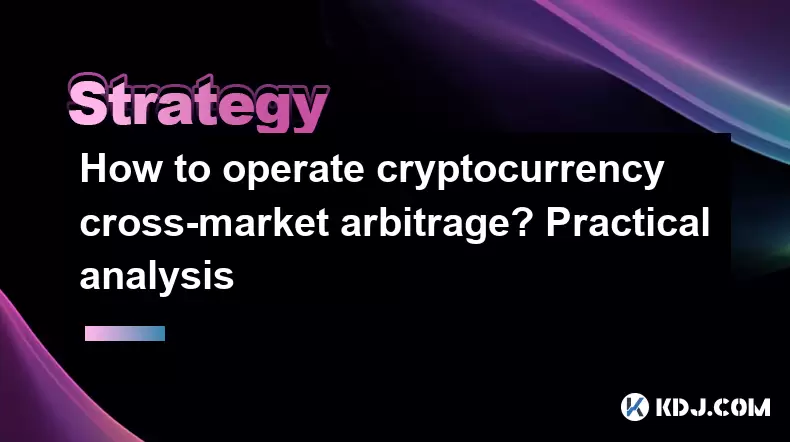-
 Bitcoin
Bitcoin $107,352.1067
0.28% -
 Ethereum
Ethereum $2,429.3531
-0.90% -
 Tether USDt
Tether USDt $1.0001
-0.02% -
 XRP
XRP $2.1894
4.62% -
 BNB
BNB $646.7968
0.36% -
 Solana
Solana $147.4290
4.03% -
 USDC
USDC $0.9998
-0.02% -
 TRON
TRON $0.2756
1.52% -
 Dogecoin
Dogecoin $0.1630
1.14% -
 Cardano
Cardano $0.5612
1.18% -
 Hyperliquid
Hyperliquid $37.0580
-0.05% -
 Bitcoin Cash
Bitcoin Cash $496.9410
-0.09% -
 Sui
Sui $2.7318
3.19% -
 Chainlink
Chainlink $13.1503
0.58% -
 UNUS SED LEO
UNUS SED LEO $9.0766
0.55% -
 Avalanche
Avalanche $17.7220
1.46% -
 Stellar
Stellar $0.2380
1.52% -
 Toncoin
Toncoin $2.8439
0.38% -
 Shiba Inu
Shiba Inu $0.0...01143
1.84% -
 Litecoin
Litecoin $85.8053
1.47% -
 Hedera
Hedera $0.1483
2.70% -
 Monero
Monero $314.3240
2.12% -
 Bitget Token
Bitget Token $4.6725
0.77% -
 Dai
Dai $1.0000
0.00% -
 Polkadot
Polkadot $3.3555
1.28% -
 Ethena USDe
Ethena USDe $1.0001
0.02% -
 Uniswap
Uniswap $7.0890
2.64% -
 Pi
Pi $0.5355
-3.40% -
 Pepe
Pepe $0.0...09393
1.06% -
 Aave
Aave $256.8136
-1.90%
How do currency exchanges make money?
Currency exchanges generate revenue through methods like transaction fees, exchange rate spreads, market making, staking rewards, and additional services such as lending, borrowing, and custody.
Jan 09, 2025 at 10:50 am

Key Points:
- Currency exchanges generate revenue through various models, including transaction fees, exchange rate spreads, market making, and staking rewards.
- Transaction fees are charged for executing trades on the exchange, while exchange rate spreads involve buying and selling currencies at different prices.
- Market making involves holding positions in different currencies to provide liquidity and facilitate trades.
- Staking rewards are earned by holding certain cryptocurrencies and validating transactions on proof-of-stake blockchains.
- Exchanges may also offer additional services such as lending, borrowing, and custody, which can generate additional revenue streams.
How Currency Exchanges Make Money
1. Transaction Fees
Transaction fees are one of the most straightforward ways for currency exchanges to generate revenue. These fees are charged when users buy or sell cryptocurrencies on the exchange. The fee structure can vary depending on the exchange, the currency being traded, and the payment method used. Some exchanges charge a flat fee per trade, while others charge a percentage of the trade value.
2. Exchange Rate Spreads
Exchange rate spreads involve buying and selling cryptocurrencies at different prices. Exchanges typically buy cryptocurrencies at a slightly lower price than the market price and sell them at a slightly higher price. The difference between the buy and sell price is the exchange spread. Exchanges may adjust their spreads based on market conditions and profitability.
3. Market Making
Market making involves holding positions in different cryptocurrencies to provide liquidity and facilitate trades. Market makers quote bid and ask prices for currencies, helping to establish the market value. They profit from the spread between the bid and ask prices, earning revenue when trades are executed. Market making is a highly competitive market requiring advanced trading strategies and risk management.
4. Staking Rewards
Staking rewards are earned by holding certain cryptocurrencies and validating transactions on proof-of-stake blockchains. Exchanges may offer staking services to their users, allowing them to earn passive income on their cryptocurrency holdings. The rewards earned through staking depend on the cryptocurrency, the amount staked, and the duration of the staking period.
5. Additional Services
In addition to the core revenue models described above, currency exchanges may offer a range of additional services such as:
- Lending: Exchanges may lend cryptocurrencies to users, earning interest on the loaned amount.
- Borrowing: Exchanges may allow users to borrow cryptocurrencies, charging interest on the borrowed amount.
- Custody: Exchanges may provide custody services for storing cryptocurrencies on behalf of users, earning fees for secure storage and management.
FAQs:
Q1: What factors influence an exchange's revenue?
A1: The size of the exchange, trading volume, fee structure, market conditions, and diversity of services offered all contribute to an exchange's revenue.
Q2: How do exchanges set transaction fees?
A2: Transaction fees vary between exchanges and can be influenced by market competition, transaction volume, and payment method.
Q3: What are the risks associated with market making?
A3: Market making involves holding cryptocurrency positions, which exposes exchanges to market volatility and potential losses.
Q4: How can users maximize their earnings from staking?
A4: Staking users should consider the staking rewards offered, the cryptocurrency's volatility, and the locking period before selecting a staking platform.
Q5: What should users consider when selecting an exchange?
A5: Users should evaluate the fees, reliability, security measures, trading features, and customer support offered by different exchanges before making a decision.
Disclaimer:info@kdj.com
The information provided is not trading advice. kdj.com does not assume any responsibility for any investments made based on the information provided in this article. Cryptocurrencies are highly volatile and it is highly recommended that you invest with caution after thorough research!
If you believe that the content used on this website infringes your copyright, please contact us immediately (info@kdj.com) and we will delete it promptly.
- Ripple, CEO, and the XRP ETF Buzz: What's Next?
- 2025-06-29 00:30:13
- Ripple (XRP) and Crypto Analysis: Navigating Trends and Insights
- 2025-06-29 00:30:13
- Aave Price Bull Rally: Can AAVE Defend Its Critical Support Zone?
- 2025-06-29 00:50:12
- BlockDAG, Avalanche, Airdrop: Shaking Up the Crypto Scene with Innovative Strategies
- 2025-06-29 00:50:12
- Ethereum to $10,000? Crypto Analysts Weigh In on ETH's Ambitious ATH
- 2025-06-29 00:35:12
- Zilliqa 2.0: EVM Support and Protocol Overhaul Usher in a New Era
- 2025-06-29 01:10:13
Related knowledge

What are the skills of Bitcoin option hedging? Practical case sharing
Jun 24,2025 at 04:01pm
Understanding Bitcoin Option HedgingBitcoin option hedging is a risk management strategy used by traders and investors to protect their positions in the volatile cryptocurrency market. By using options, individuals can limit potential losses while retaining the opportunity for profit. In essence, it allows one to insulate against adverse price movements...

How to use the price difference between Bitcoin spot and futures? Arbitrage strategy
Jun 20,2025 at 02:56pm
Understanding Bitcoin Spot and Futures MarketsTo effectively leverage arbitrage opportunities between Bitcoin spot and futures markets, it's essential to understand the fundamental differences between these two types of markets. The spot market refers to the direct buying and selling of Bitcoin for immediate delivery at the current market price. In cont...

How to increase DeFi lending income? Strategy and risk analysis
Jun 24,2025 at 02:08pm
Understanding DeFi Lending and Its Income PotentialDeFi (Decentralized Finance) lending has emerged as a popular way to earn passive income in the cryptocurrency space. Unlike traditional banking systems, DeFi lending platforms allow users to lend their crypto assets directly to borrowers without intermediaries. The lenders earn interest based on the su...

How to operate cryptocurrency cross-market arbitrage? Practical analysis
Jun 23,2025 at 04:01am
Understanding Cryptocurrency Cross-Market ArbitrageCryptocurrency cross-market arbitrage involves taking advantage of price differences for the same digital asset across different exchanges. The core idea is to buy low on one exchange and sell high on another, capturing the profit from the discrepancy. This strategy relies heavily on real-time market da...

How to make profits from high-frequency cryptocurrency trading? Sharing core skills
Jun 19,2025 at 05:07pm
Understanding High-Frequency Cryptocurrency TradingHigh-frequency trading (HFT) in the cryptocurrency market involves executing a large number of trades at extremely fast speeds, often within milliseconds. This method relies on small price discrepancies across exchanges or within a single exchange’s order book. Traders use complex algorithms and ultra-l...

What are the methods of cryptocurrency quantitative trading? Detailed analysis
Jun 22,2025 at 11:07pm
Understanding the Core of Cryptocurrency Quantitative TradingCryptocurrency quantitative trading refers to the use of mathematical models and algorithms to execute trades in the digital asset market. Unlike traditional discretionary trading, which relies heavily on human judgment, quantitative trading leverages data-driven strategies to identify profita...

What are the skills of Bitcoin option hedging? Practical case sharing
Jun 24,2025 at 04:01pm
Understanding Bitcoin Option HedgingBitcoin option hedging is a risk management strategy used by traders and investors to protect their positions in the volatile cryptocurrency market. By using options, individuals can limit potential losses while retaining the opportunity for profit. In essence, it allows one to insulate against adverse price movements...

How to use the price difference between Bitcoin spot and futures? Arbitrage strategy
Jun 20,2025 at 02:56pm
Understanding Bitcoin Spot and Futures MarketsTo effectively leverage arbitrage opportunities between Bitcoin spot and futures markets, it's essential to understand the fundamental differences between these two types of markets. The spot market refers to the direct buying and selling of Bitcoin for immediate delivery at the current market price. In cont...

How to increase DeFi lending income? Strategy and risk analysis
Jun 24,2025 at 02:08pm
Understanding DeFi Lending and Its Income PotentialDeFi (Decentralized Finance) lending has emerged as a popular way to earn passive income in the cryptocurrency space. Unlike traditional banking systems, DeFi lending platforms allow users to lend their crypto assets directly to borrowers without intermediaries. The lenders earn interest based on the su...

How to operate cryptocurrency cross-market arbitrage? Practical analysis
Jun 23,2025 at 04:01am
Understanding Cryptocurrency Cross-Market ArbitrageCryptocurrency cross-market arbitrage involves taking advantage of price differences for the same digital asset across different exchanges. The core idea is to buy low on one exchange and sell high on another, capturing the profit from the discrepancy. This strategy relies heavily on real-time market da...

How to make profits from high-frequency cryptocurrency trading? Sharing core skills
Jun 19,2025 at 05:07pm
Understanding High-Frequency Cryptocurrency TradingHigh-frequency trading (HFT) in the cryptocurrency market involves executing a large number of trades at extremely fast speeds, often within milliseconds. This method relies on small price discrepancies across exchanges or within a single exchange’s order book. Traders use complex algorithms and ultra-l...

What are the methods of cryptocurrency quantitative trading? Detailed analysis
Jun 22,2025 at 11:07pm
Understanding the Core of Cryptocurrency Quantitative TradingCryptocurrency quantitative trading refers to the use of mathematical models and algorithms to execute trades in the digital asset market. Unlike traditional discretionary trading, which relies heavily on human judgment, quantitative trading leverages data-driven strategies to identify profita...
See all articles
























































































